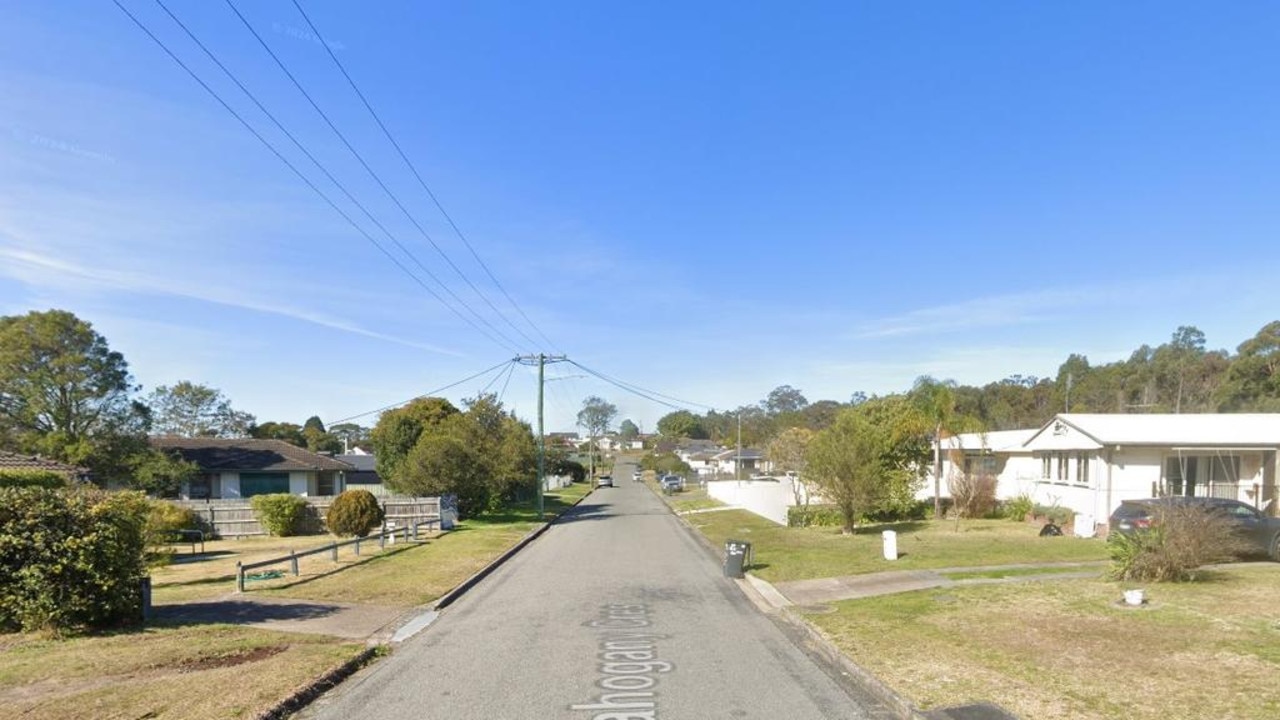Criminal psychologist weighs in on shocking Melbourne graveyard thefts
A criminal psychologist has weighed in on a twisted case involving the stealing of human remains from a Melbourne cemetery, raising an alarming motive.
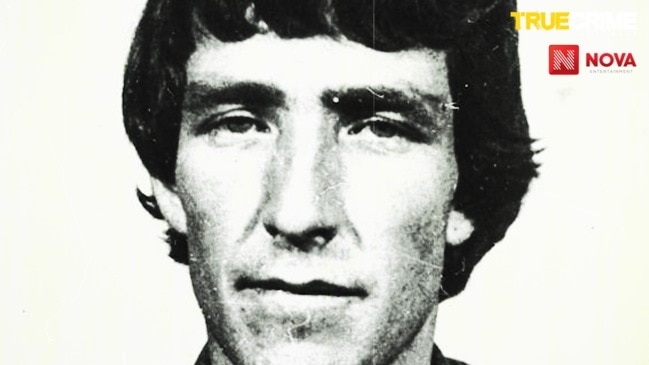
The theft of two human heads from a Melbourne cemetery has been put down to a disturbing motive, with experts concerned the offenders may strike again, given the lack of evidence linking a perpetrator to the case.
The body parts were stolen and coffins left desecrated at the suburban cemetery earlier this week, in a bizarre case that has left police puzzled and the public disturbed.
The two separate mausoleums were allegedly pried open four days apart in what are believed to be targeted and deliberate crimes.
While no personal objects were taken from the mausoleums – with the offender concentrating on extracting the body parts only – both of the deceased were elderly when they died and located in the same area of the cemetery.
Australian criminal psychologist Tim Watson-Munro, who has shared a psychological take on the case and the potential motive behind it, has told NCA Newswire he was shocked by the rare crime.
“I’ve seen it all, as you probably know, and this one disgusted me,” he said.
“This is not the actions of someone who is shambolic or deranged in their thinking; it seems as though it’s been planned out.
“I think it’s really bad behaviour. I feel for the families of the deceased. You bury your parents or grandparents and the fact that a grave’s been desecrated like this is next level disgusting.”
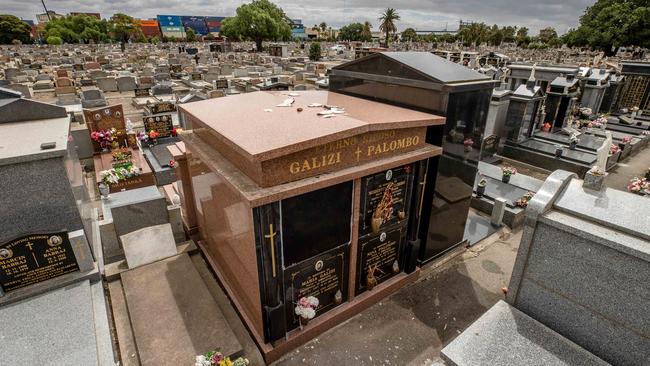
The case has received international attention, with reports the crimes were linked to satanic rituals after candles, crucifixes and letters to Satan were found in the cemetery.
But the motivation behind the disturbing crime has instead been labelled a mere case of boredom, rather than anything sinister.
Mr Watson-Munro, who has been following the story, said there had been an increase in disturbing incidents and substance abuse throughout the pandemic, particularly in Melbourne, which has lived through long and extended lockdowns.
“I think it’s more likely to be thrillseeking behaviour than satanic ritual behaviour, which is really rare,” Dr Watson-Munro said.
“You’ve got people that are Covid-bored, locked down, and it’s more likely to be that type of event, keeping a skull at home with candles in it type of thing.
“If more evidence comes through, I could change my opinion.”
Police remain baffled by the motive behind the crime, but say they also do not believe it was linked to satanists, due to a lack of evidence supporting that theory, according to the Herald Sun.
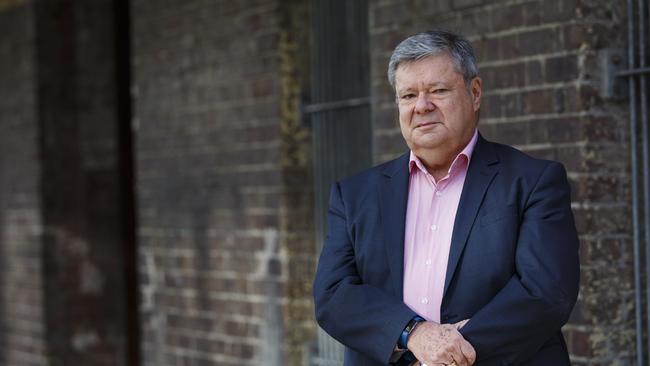
Grave robbing does not occur often and there is limited history about the phenomenon in Australia, where cases would be highly publicised.
Both police and criminologists have reported it as being the first crime of its kind in Victorian history.
While the looting of graves can be linked back to Egyptian times, body snatching became rampant in the 19th century, where corpses would be retrieved and sold to medical schools for students to use in classrooms.
Police suspect equipment was used in the extraction of the body parts from the sealed coffins, and after happening on two separate occasions, it’s believed the crimes were premeditated.
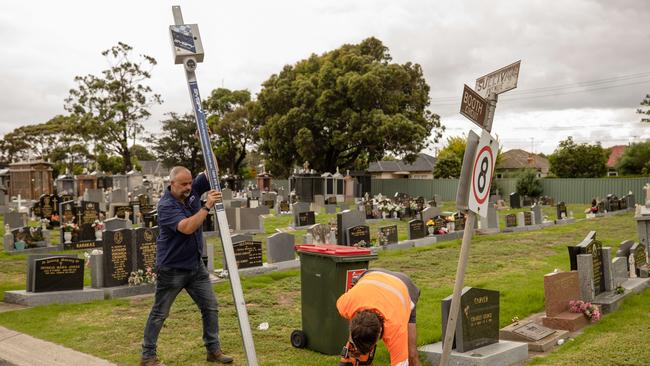
“If you were trying to describe it psychologically, they’re not people with a disease of the mind, but their thinking is very troubled; they may have anti-social personality disorders, which is exacerbated by substance use,” Mr Watson-Munro said.
“I think it’s quite unlikely they’ve done this before, but who knows what other sorts of anti-social behaviour they’ve been involved in before – they could be vandals, graffiti artists, people who are trying to make a statement.”
There is now concern there may be copycat crimes, or the offender may strike again due to the sheer amount of publicity surrounding the case.
“Sometimes these anonymous crimes can escalate because they enjoy the publicity; it takes on a new dimension and they get a sense of self-importance,” Watson-Munro said.
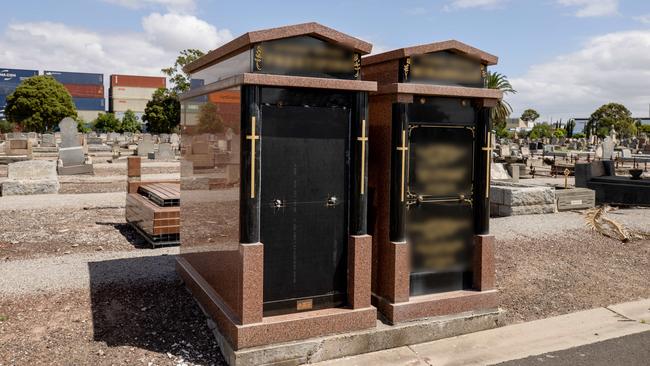
Despite an extensive investigation launched by detectives, there continues to be little evidence surrounding the case, including a lack of CCTV footage.
Police have increased patrols in the area and the council and cemetery trust has ramped up security efforts.
But the likelihood of the offender being caught and the body parts returned is slim, according to Mr Watson-Munro.
“I think if they get caught, it’ll be through someone dobbing them in; it’ll come through a tip-off from the public rather than hard evidence on the ground,” he said.
“Unless, of course, they try it again, then they may get caught.”
Theft can carry a penalty of up to 10 years in prison, while the removal of body parts carries a five-year penalty.

